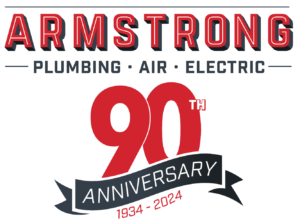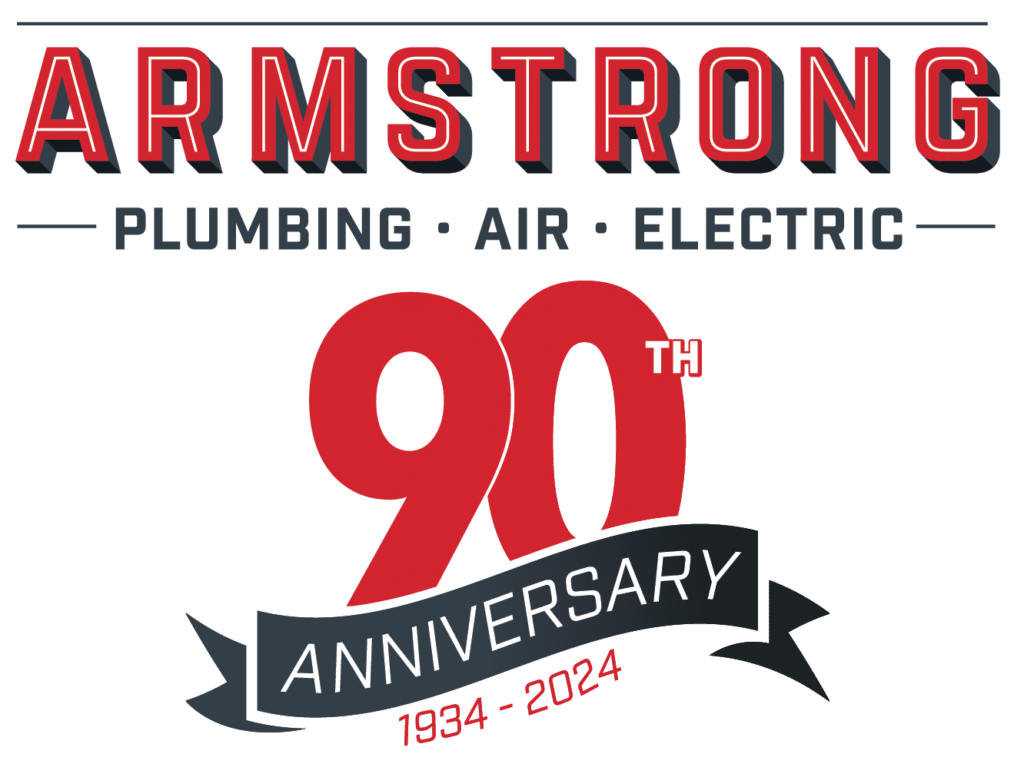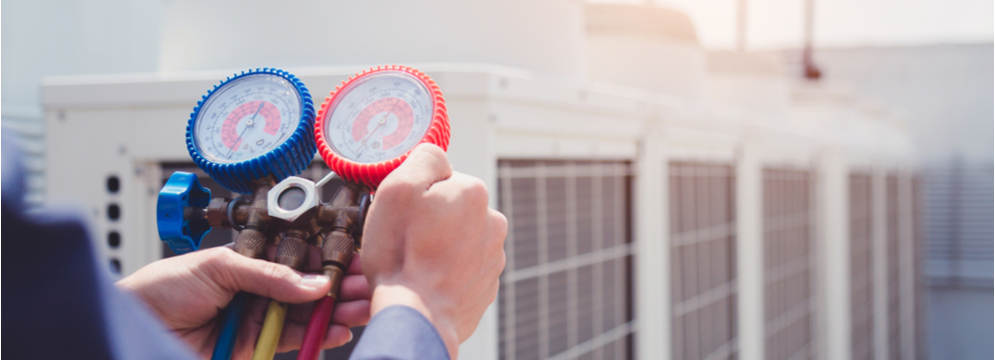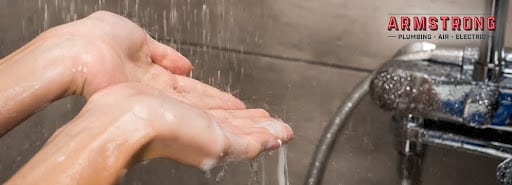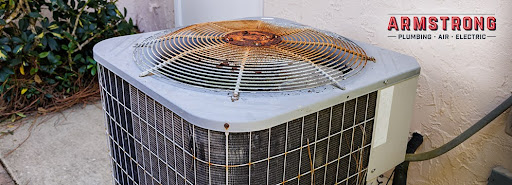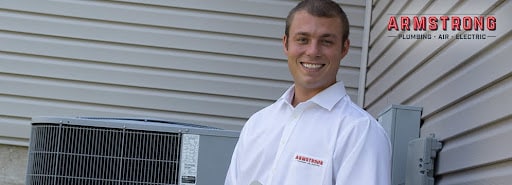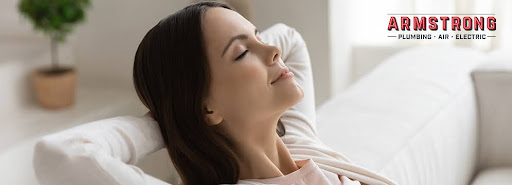Making sure the HVAC system at your business or in your commercial building is in good shape is crucial on two fronts: it ensures your employees, tenants and customers are comfortable and also protects your business’s bottom line. If your HVAC system shows signs of inefficient or improper operation or it is simply aging and nearing the end of its lifespan, you will have to move quickly to remedy the situation. Perhaps repairs or extensive maintenance will hold you for a while, but a system replacement could be coming soon, whether you like it or not. Armstrong Plumbing, Air & Electric has served the commercial HVAC needs in Lubbock since 1934 and we are ready to help your business make the best decision if you need to invest in a new HVAC system.
COMMERCIAL HEATING & COOLING
Making sure the system that you choose is efficient and the right fit – both in size and price – for your business or commercial building is imperative. Here are the three most common types of commercial HVAC systems.
- Single Split System. The traditional, popular HVAC system is a good fit for most small commercial applications, including buildings with small offices, restaurants or shops. Composed of an outdoor AC unit, indoor furnace/air handler and evaporator, this system can be used to heat an individual room or a larger space. These units are self-contained, so when one breaks down, the others in the building are still operational. This is also a con: each system requires an outdoor unit, so the more units needed, the more space required.
- Multi Split System. Similar to a single split system in that they use the same components, but different in one big way: up to nine indoor units may be connected to the outdoor equipment. Another difference is these units work with a technology that allows them to detect small temperature changes and make small adjustments. This conserves less energy than the single system that shuts on/off to heat/cool. The individual units are mounted to the wall or ceiling, which preserves the outdoor space.
- VRF (Variable Refrigerant Flow) and VRV (Variable Refrigerant Volume). These terms refer to the same HVAC system, which employs either a heat pump or heat recovery process. Heat pump systems can either cool or heat, while heat recovery systems can do both simultaneously. These systems can meet the needs of larger buildings and offer great flexibility but are generally more expensive than the other systems.
COOLING & HEATING SYSTEM PROBLEMS
No matter which type of system you have, here are some of the most common commercial HVAC problems:
- Age. Like all things mechanical, HVAC systems have a lifespan. Belt, bearings, motors and blowers can and will fail.
- Lack of maintenance. Your system needs regular maintenance from licensed professionals. This will help keep your system going for as long as possible and make sure it is running as efficiently as it can.
- Thermostats. This small piece of equipment is the control center for your system. When it doesn’t operate properly, it can lead to other issues such as uneven/heating and cooling and non-stop system running. Check the batteries first and then go from there.
- Dirty condenser. Clogged or dirty evaporator coils can not only reduce your system’s efficiency but can also strain the other components of the system – such as the air handler.
ARMSTRONG PLUMBING, AIR & ELECTRIC
If your business or commercial building is in need of a new HVAC system – or if you simply need our professionals to analyze, repair or help maintain your current system – Better Call Armstrong. And don’t forget to follow us on social media.
